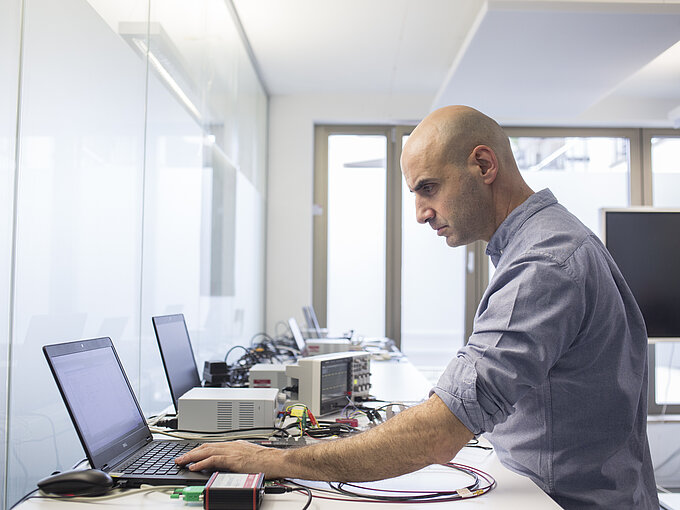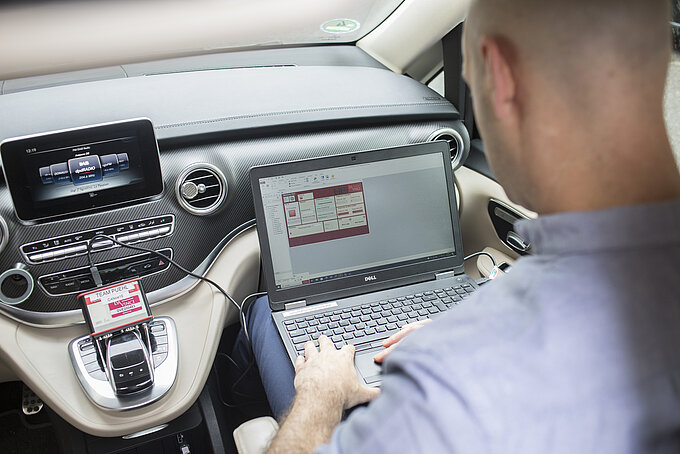
From individual components to the entire system
Software must be thoroughly tested in every conceivable scenario before it is used in the field. This is how we ensure that reliable systems are provided and avoid costly expenses caused by problems during subsequent phases.
We test software by working in multidisciplinary teams and using different methods and techniques and also suitable automation, which allows us to carry out the testing effectively and free of errors.
Individually adapted tests
The tests and methods which we choose are always individually oriented to the challenges and needs which are associated with the specific software. This is achieved by means of close collaboration with developers, stakeholders and quality assurance.
Of course, the test specifications, automation scripts and test protocols are always made available, and reliably document the results.
Forms of software testing
Unit testing
Unit testing involves the testing of individual components or modules of an application in isolation from each other. The majority of classic programming errors can usually be identified in the static code analysis. The source code is then examined at functional level during dynamic unit testing. Unit testing ensures that each individual component works properly and provides the expected results (input/output analysis). The testing is usually automated.
Integration testing
Integration testing is used to check the interaction and integration of multiple components or modules of an application. The interaction and communication of the different components and functions with each other and between each other are tested during integration testing. Integration tests can basically be carried out manually or automatically, depending on the type of application.




